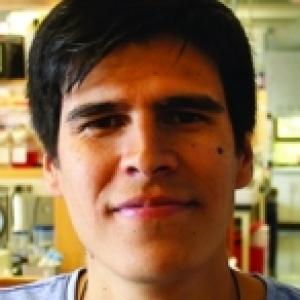C. Ross Ethier

C. Ross Ethier
Professor
Georgia Research Alliance Lawrence L. Gellerstedt, Jr. Eminent Scholar in Bioengineering
Prof. Ethier was originally trained as a mechanical engineer, receiving his Ph.D. from MIT in 1986 working in the lab of Roger D. Kamm. He then joined the University of Toronto, where he was a Professor of Bioengineering, Mechanical Engineering and Ophthalmology, and latterly the Director of the Institute of Biomaterials and Biomedical Engineering. Prior to joining Georgia Tech/Emory, Professor Ethier was the Head of the Department of Bioengineering at Imperial College, London from 2007-12.
His research is in the biomechanics of cells and whole organs. His specific research topics include glaucoma (biomechanics of aqueous humour drainage in the normal and glaucomatous eye, and the mechanical and cellular response of optic nerve tissues to intraocular pressure), study of hemodynamic basis of arterial disease.
404-385-0100
Office Location:
Petit Biotechnology Building, Office 2306
"Biomechanics and mechanobiology, glaucoma, osteoarthritis, regenerative medicine, intraocular pressure control, optic nerve head biomechanics. We work at the boundaries between mechanics, cell biology and physiology to better understand the role of mechanics in disease, to repair diseased tissues, and to prevent mechanically-triggered damage to tissues and organs. Glaucoma is the second most common cause of blindness. We carry out a range of studies to understand and treat this disease. For example, we are developing a new, mechanically-based, strategy to protect fragile neural cells that, if successful, will prevent blindness. We are developing protocols for stem-cell based control of intraocular pressure. We study the mechanobiology and biomechanics of neurons and glial cells in the optic nerve head. We also study VIIP, a major ocular health concern in astronauts. Osteoarthritis is the most common cause of joint pain. We are developing paradigms based on magneto-mechanical stimulation to promote the differentiation and (appropriate) proliferation of mesenchymal stem cells."
IRI Connections:









